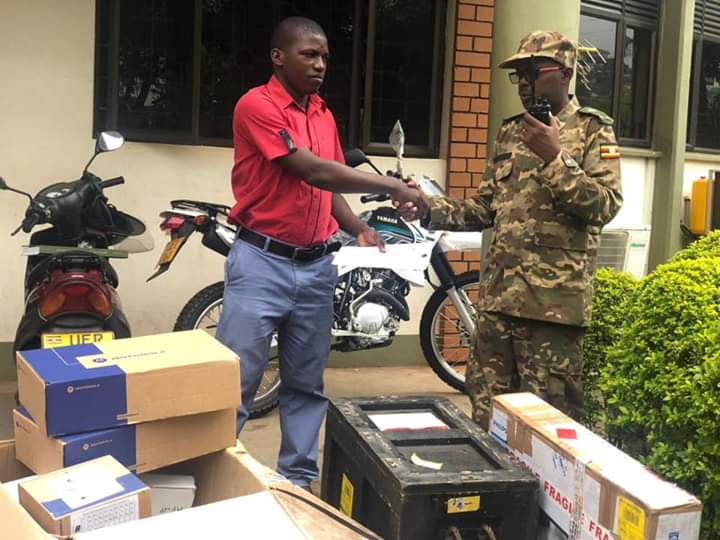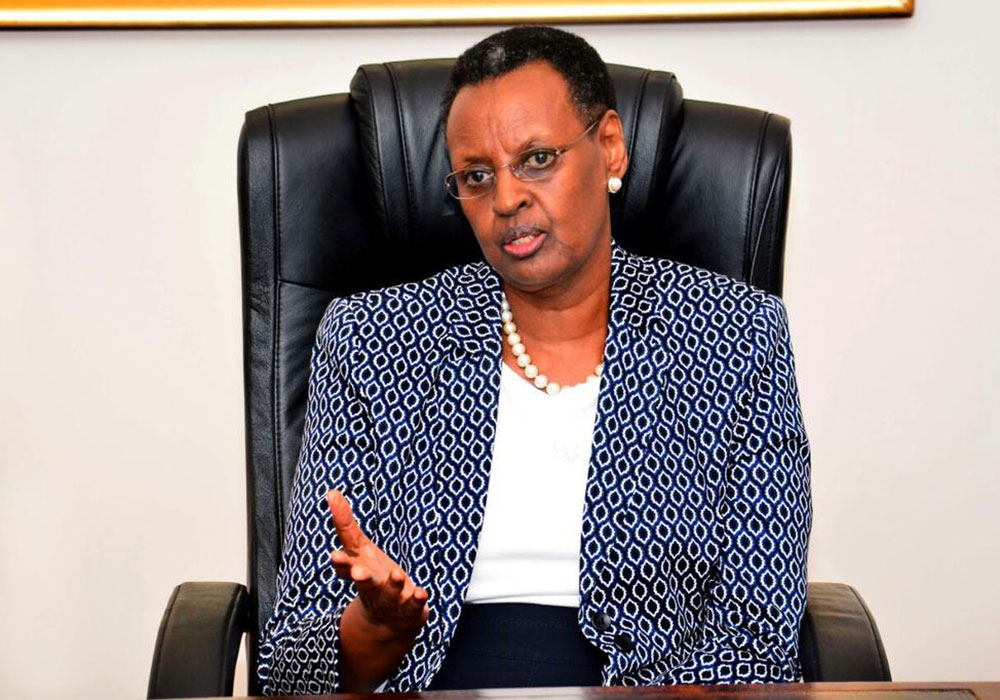
KARUMA — Uganda Wildlife Authority (UWA) has received surveillance equipment from Uganda Conservation Foundation (UCF) to boost efforts to secure and protect wildlife.
Among the items received were Global Positioning System car antennas and base radios, boot mount antennas, duplexer cables, hand held digital radios, batteries and chargers.
These are satellite-based radio navigation system as they typically use a satellite navigation device to get their position data which is then correlated to a position on a road.
Officials said the equipment shall be used to monitor the activities law enforcement activities in and around Murchison Falls Conservation Area.
While receiving these items, Mr. Edison Nuwamanya Chief Warden Murchison Falls Conservation Area recognized the efforts of partners in ensuring that wildlife is protected and preserved for generations.
He further thanked UCF for their continuous support in helping UWA to execute its tasks.
On behalf of Uganda Conservation Foundation, Mr. Martin Sesanga urged Uganda Wildlife Authority to put the equipment donated to good use.
Murchison Falls National Park (MFNP) is a national park that is managed by the Ugandan Wildlife Authority.
It is in north-western Uganda, spreading inland from the shores of Lake Albert, around the Victoria Nile, up to the Karuma Falls.
It is also Uganda’s largest national park.
It measures approximately 3,893 square kilometres (1,503 sq mi).
The park is bisected by the Victoria Nile from east to west for a distance of about 115 kilometres (71 mi).
The park is the location of the Murchison Falls, where the waters of the Nile flow through a narrow gorge only 7 metres (23 ft) wide before plunging 43 metres (141 ft).
Also in the park, adjacent to the Masindi-Gulu Highway, are the Karuma Falls, the location of the 600 megawatt Karuma Power Station, which will be Uganda’s largest power station when it comes online circa 2018.
The park and the adjacent Bugondo Forest Reserve have 76 species of mammals as well as Uganda’s largest population of Nile crocodiles.
450 bird species are present ranging from easy variety of waterbirds, including the rare shoe-billed stork, Budongo’s 59 “restricted range” species, dwarf kingfisher, Goliath heron, white-thighed hornbill and great blue turaco.
Since 2005, the protected area is considered a Lion Conservation Unit.





